Here We Are at the National Theatre
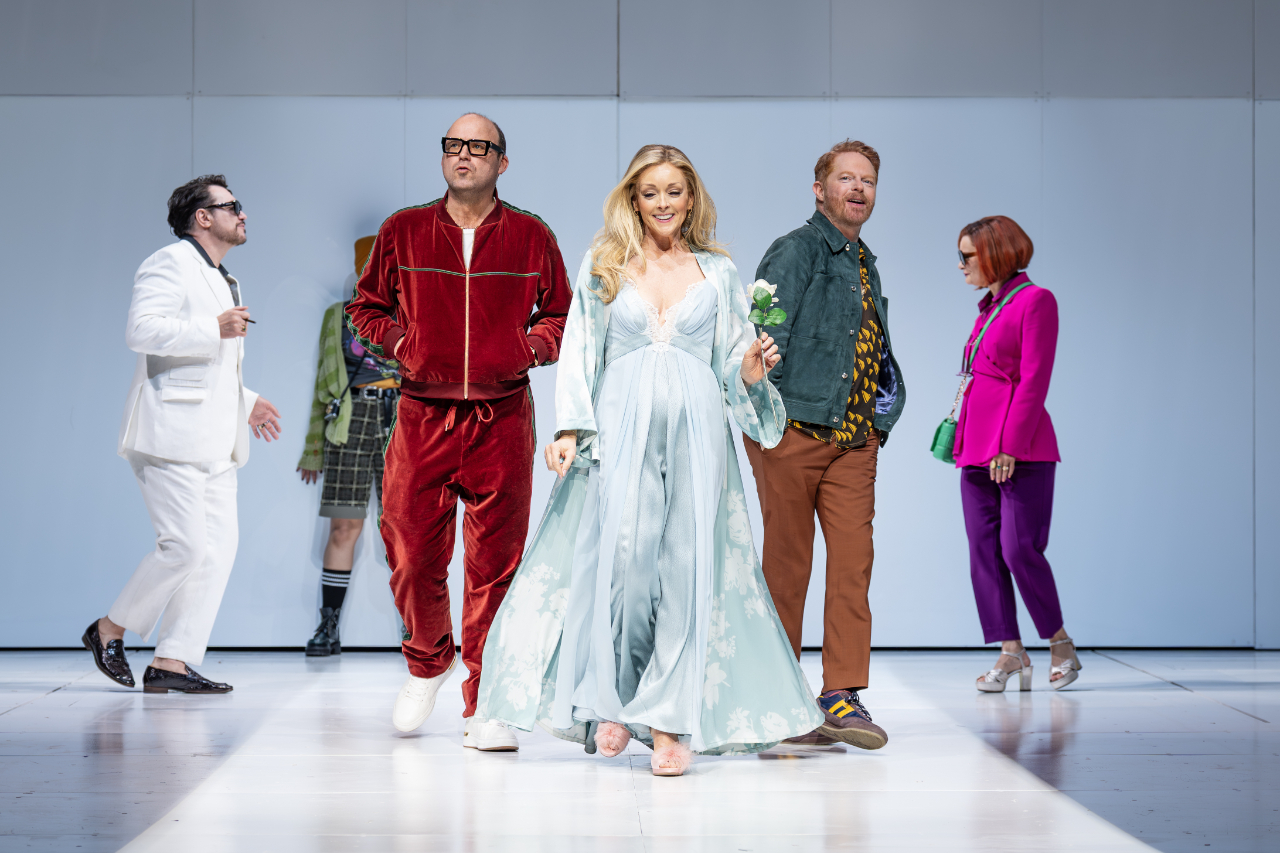
The appeal of the Surrealists has lingered long past their historical moment. Even now, in our age of algorithmic precision and overstimulated reality, we remain obsessed with their dreamy, unsettling, bizarre worlds. Perhaps it’s no coincidence. The world itself has taken on an eerily Surrealist cast: disjointed, irrational, forever on the edge of slipping into something we can’t quite name. In that sense, it feels only natural that Here We Are – a fully Surrealist musical and the final work by Stephen Sondheim – should appear now, brought to life by the National Theatre.
The show was decades in the making. Its New York premiere in 2023 marked the fruition of an idea Sondheim had first entertained more than 40 years earlier: a musical shaped by the films of Spanish Surrealist Luis Buñuel, the cinematic provocateur and close friend of Dalí. Sondheim began developing the piece in earnest with playwright David Ives a decade before his death in 2021. Completed posthumously, Here We Are now makes its European debut in a staging that is unabashedly eccentric, deeply strange, and, at its best, thoroughly entertaining.
Directed by Joe Mantello, the production unfolds as a sharp, disorienting satire of the one percent, drawing on the surreal social critiques of two Buñuel films, with an intermission cleanly dividing them. The first act riffs on The Discreet Charm of the Bourgeoisie (1972), in which a group of upper-middle-class friends are endlessly prevented in their attempts to share a meal – here reimagined as a gang of well-dressed brats trying, and failing, to get brunch (or, as some might say, just another Saturday morning in London). The second act takes its cues from The Exterminating Angel (1962), where dinner guests find themselves inexplicably unable to leave an opulent home. Combined, the two halves offer all the makings of a Surrealist narrative: absurd scenarios, circular logic, and a parade of dreamlike characters drifting in and out of frame.
The cast is uniformly strong. Broadway star Jane Krakowski is delightful as Marianne, a dim and shallow society wife whose relentless optimism gives her an oddly touching sincerity. Paulo Szot, as the ambassador from the invented South American republic of Miranda, is all basso profundo elegance and cartoon diplomacy. A standout is Chumisa Dornford-May as Marianne’s sister Fritz, a trust fund radical charged with revolutionary anger, who delivers a commanding vocal performance. She is particularly compelling opposite Richard Fleeshman, playing the American GI she takes as a lover, as the pair navigate an unlikely romance steeped in self-deception.
The comedy, however, belongs to the help. A standout scene takes place at the ironically named “Café Everything”, which, of course, has absolutely nothing to offer. Denis O’Hare delivers a wonderfully dry, physically expressive performance as a waiter overwhelmed with apologies for the complete absence of food or drink. Not far behind is Tracie Bennett as a French waitress in a self-described “post-deconstructivist” café, lamenting the fixed absurdity of existence: “Everything is what it is”, she sings, weeping.
Where the first half skitters and sparkles, the second slips into a more sombre register. The music fades, replaced almost entirely by spoken dialogue. A Beckett-like inertia sets in, as the characters wait in a kind of limbo where nothing really happens. If the energy dips, it feels deliberate – a reflection of the play’s meditation on boredom, denial and existential dread. David Zinn’s sumptuous set sustains the mood: the ambassador’s drawing room is a lavish yet stifling trap for the elite, who would rather stay cocooned in illusion than confront the world outside. There are sudden bursts of the surreal: snow falls indoors, Marianne waltzes with a bear, water streams from the walls. But amid the absurdity, moments of unexpected tenderness emerge. In one, the bishop and Marianne pause to contemplate the nature of existence. “We are matter, that matters,” he says. Even the wealthy, it seems, are not immune to moments of clarity.
If Here We Are is Surrealism filtered through Sondheim, it is not the Sondheim most audiences know. Gone are the soaring solos of Sweeney Todd or Into the Woods. The score here is elusive, dissonant, and at times deliberately obscure. Rhymes twist into strange, fractured forms; melodies vanish just as they begin to take shape. There are no showstoppers – only fragments and echoes, like music recalled from a dream. It isn’t a sing-along, and it isn’t meant to be. Here We Are is a curiosity, a final fugue from a composer who always kept one foot in the fantastic. It may not be comforting, but it is bold, beguiling, and unlike anything else.
Constance Ayrton
Photo: Marc Brenner
Here We Are is at the National Theatre from 12th May until 28th June 2025. For further information or to book, visit the theatre’s website here.


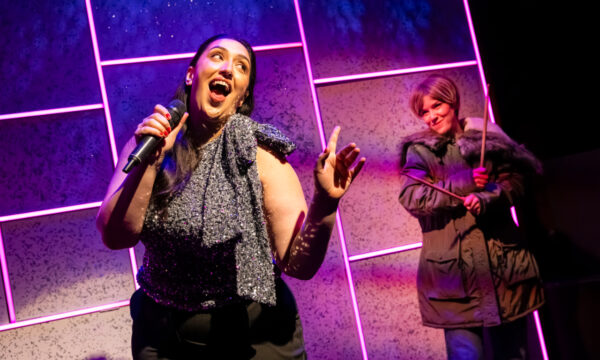
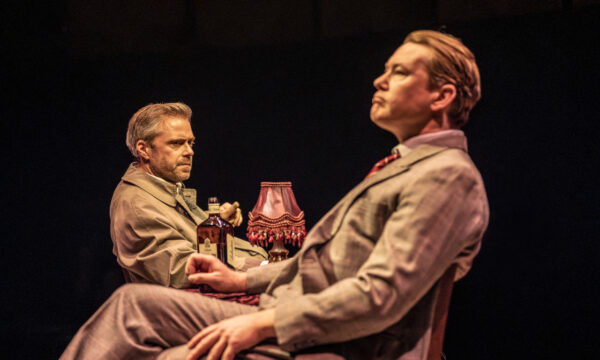
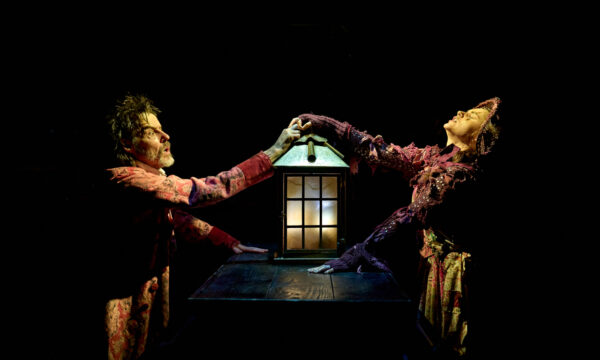
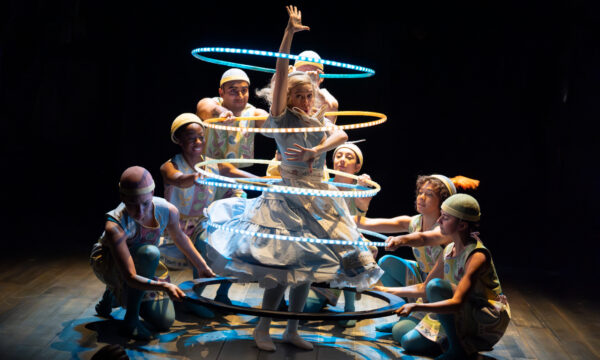
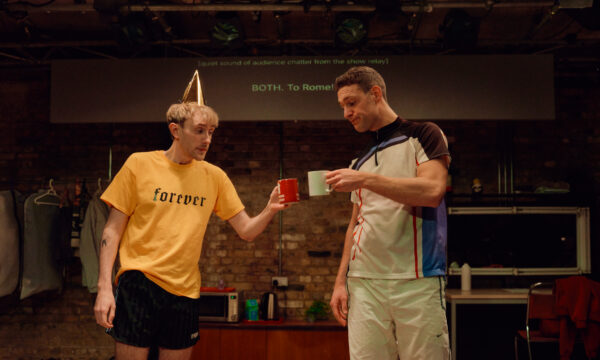

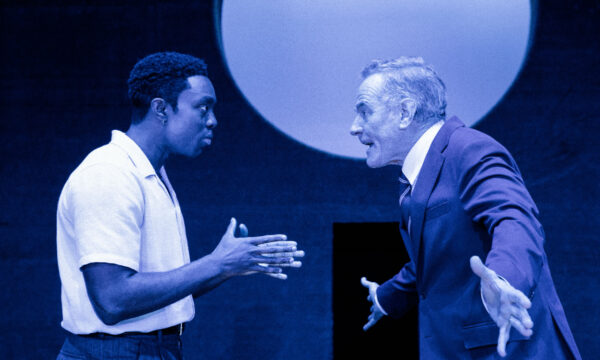
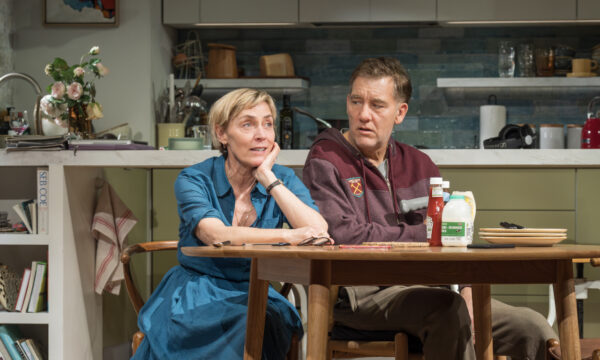
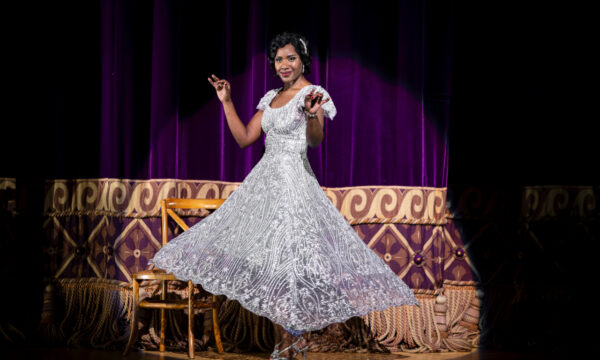
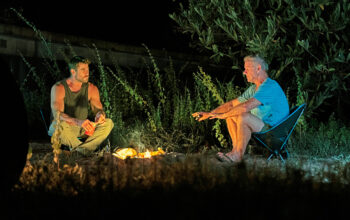
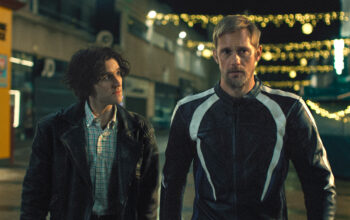

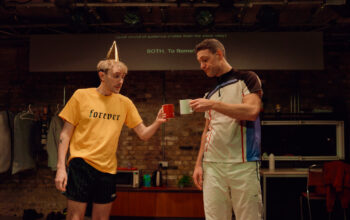
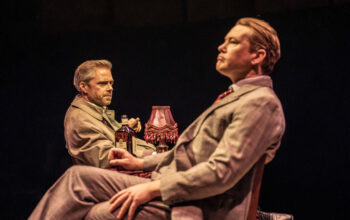

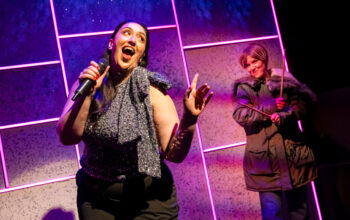







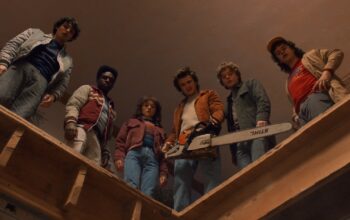
Facebook
Twitter
Instagram
YouTube
RSS